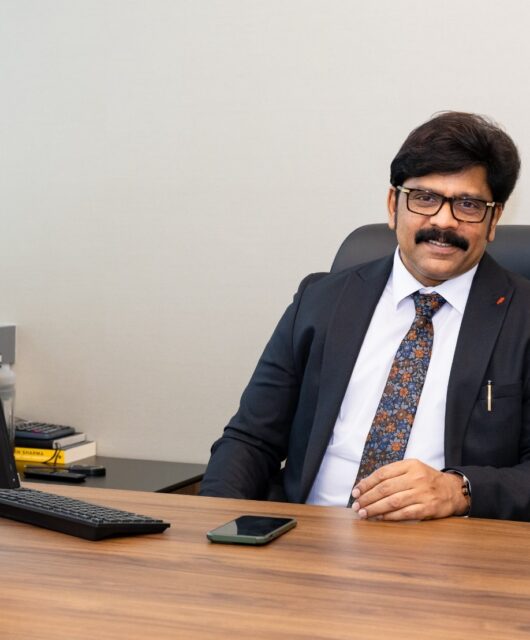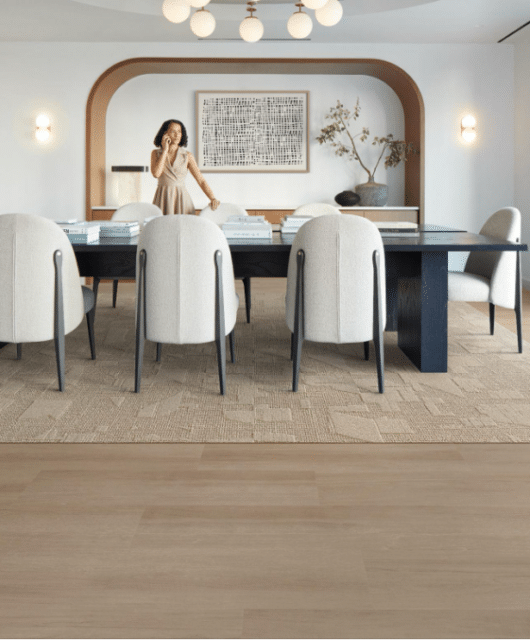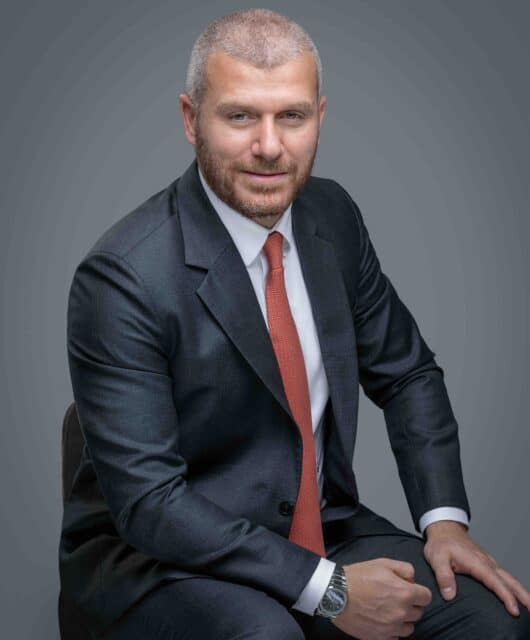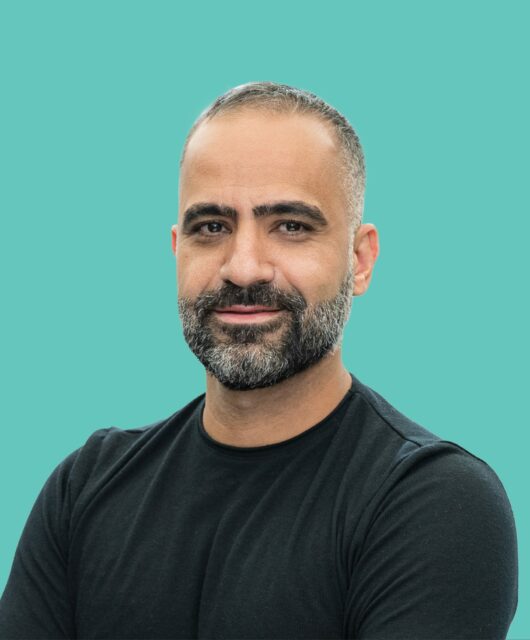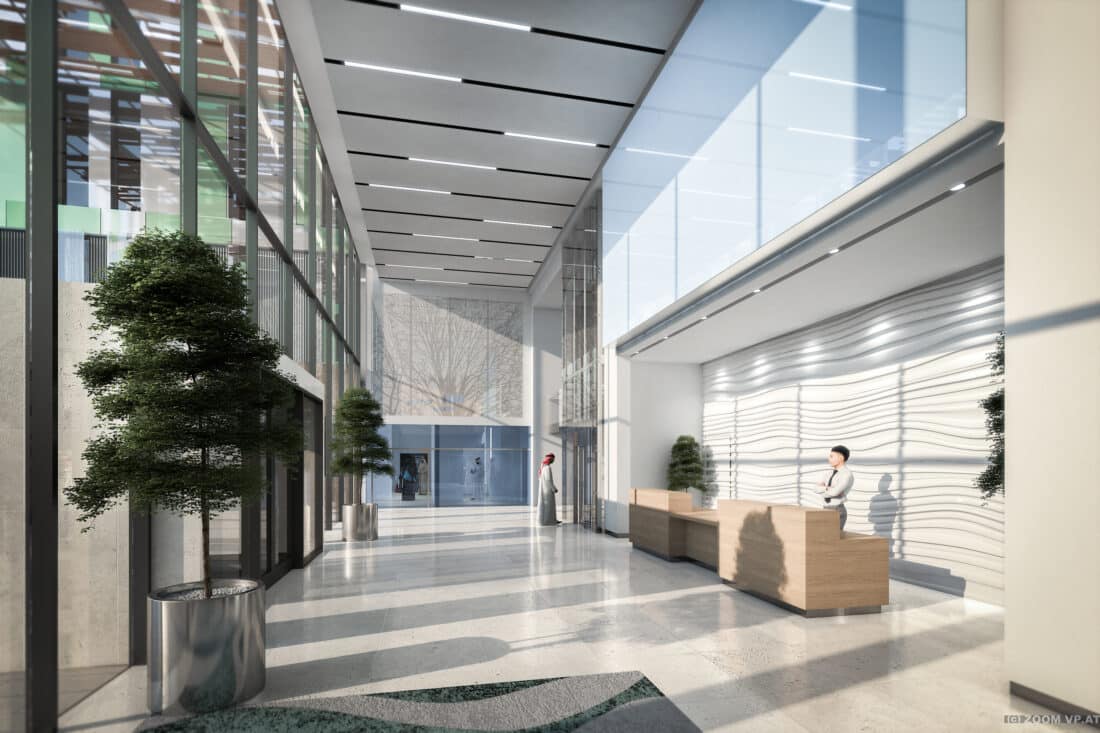 By Roma Arora
By Roma Arora
Hamzeh Awwad, CEO of AJ Group – HDP, discusses their healthcare projects, including the award-winning Reem Hospital, and how the integration of digital and telehealth technology is a game-changer in the industry.
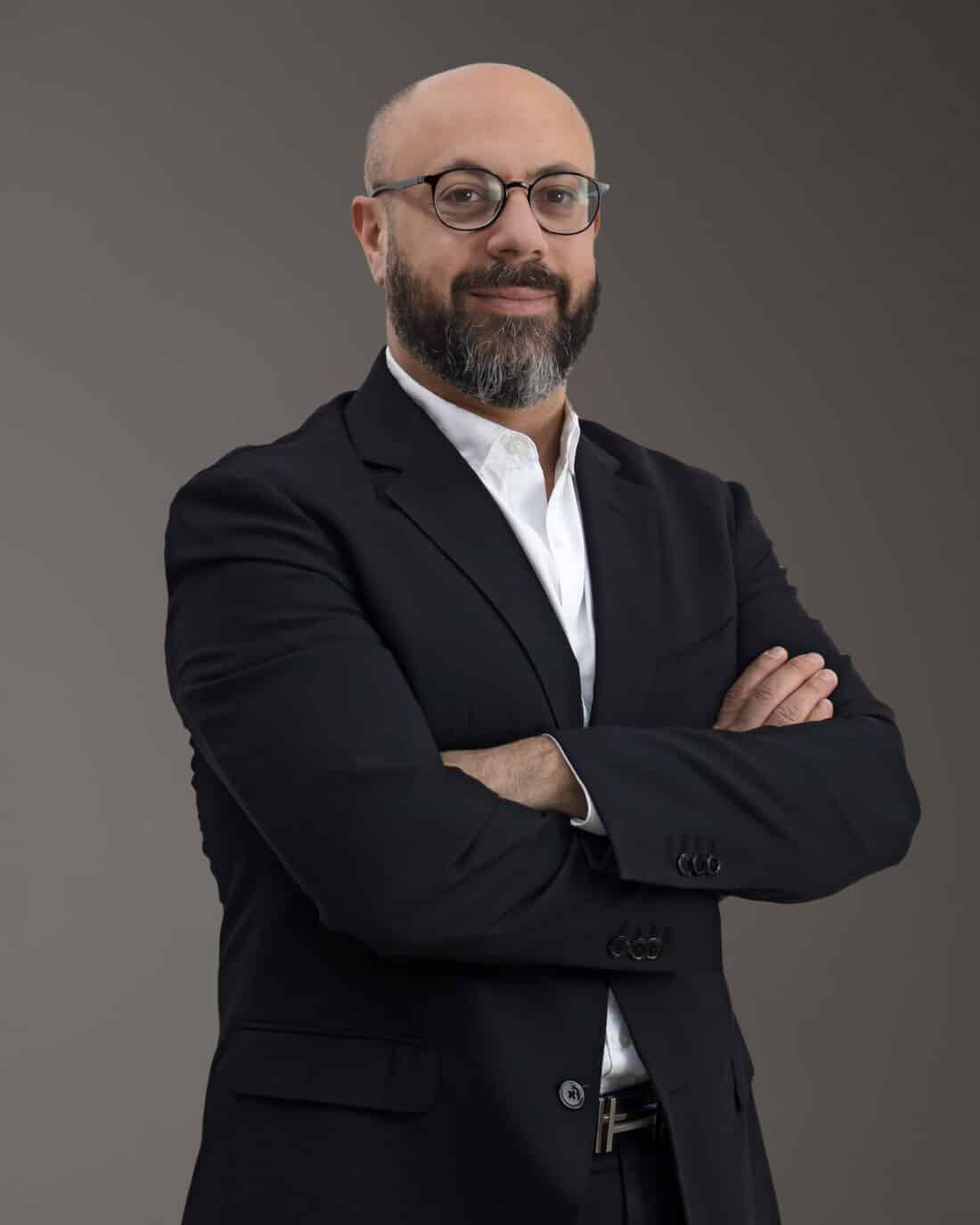
How does your firm work with clients to help them navigate the region’s healthcare market?
HDP provides valuable guidance to its clients as they navigate the healthcare industry by furnishing them with comprehensive market insights and intelligence on the latest healthcare regulations, policies, and trends in the region. We also aid clients in identifying potential gaps and opportunities in the market, conducting feasibility studies, and creating plans to enter, grow, and expand their business. Our solutions are designed to cater to the unique needs of the healthcare market in the GCC region with a blend of global and local perspectives. A unique “Glocal” solution that is tailored to the specific needs of clients and organisations. Our hands-on ‘Total Solutions’ approach wherein we provide all services in-house under one roof – architecture, health planning, medical equipment planning, structure & MEP services ensures seamless project delivery. All our projects are delivered in BIM/ BIM 360 thereby conforming to the highest industry standards.
What approach do you take when designing spaces that support patients’ health and wellness while also providing enough flexibility for the unknowns of the future?
HDP practices “patient-centred design”, which takes into account the physical, emotional, and psychological requirements of patients, employees, and visitors. This strategy entails creating environments that encourage healing, comfort, safety, and privacy while also allowing for adaptation, flexibility, and scalability. HDP also includes sustainable and new technology that improve the patient experience, save costs, and increase overall care quality. Our health planning process ensures the physical space, colour, texture, lighting, ventilation – volume and scale of public/ private spaces all tie into patient satisfaction and resonate the ‘at-home’ state of mind. These fine nuances in the play of developing healthcare facilities have proven tangible effects on not only patient’s wellbeing but also physicians and staff alike. Our team understands that for any health facility to succeed in their vision and mission, it’s imperative to have a wholistic approach that embraces and enhances the workforce itself.
Future-proofing healthcare facilities has become more relevant today than ever before and we cannot stress its importance enough post pandemic. At the on-set, we highlight the significance of this to client and how it shapes design process. An integrated approach that begins with the appropriate structural system, further supported by MEP services that are adaptable and flexible, catering to diverse health planning options – current and future. Incremental cost has to be accounted for while preparing initial budget to reap long term benefits.
In essence, HDP recognises that healthcare design is not just about aesthetics but also about creating an environment that supports the healing process and promotes positive health outcomes. By integrating “patient-centred design” principles, HDP aims to improve the quality of care, enhance patient & staff satisfaction, and support the well-being of everyone involved.
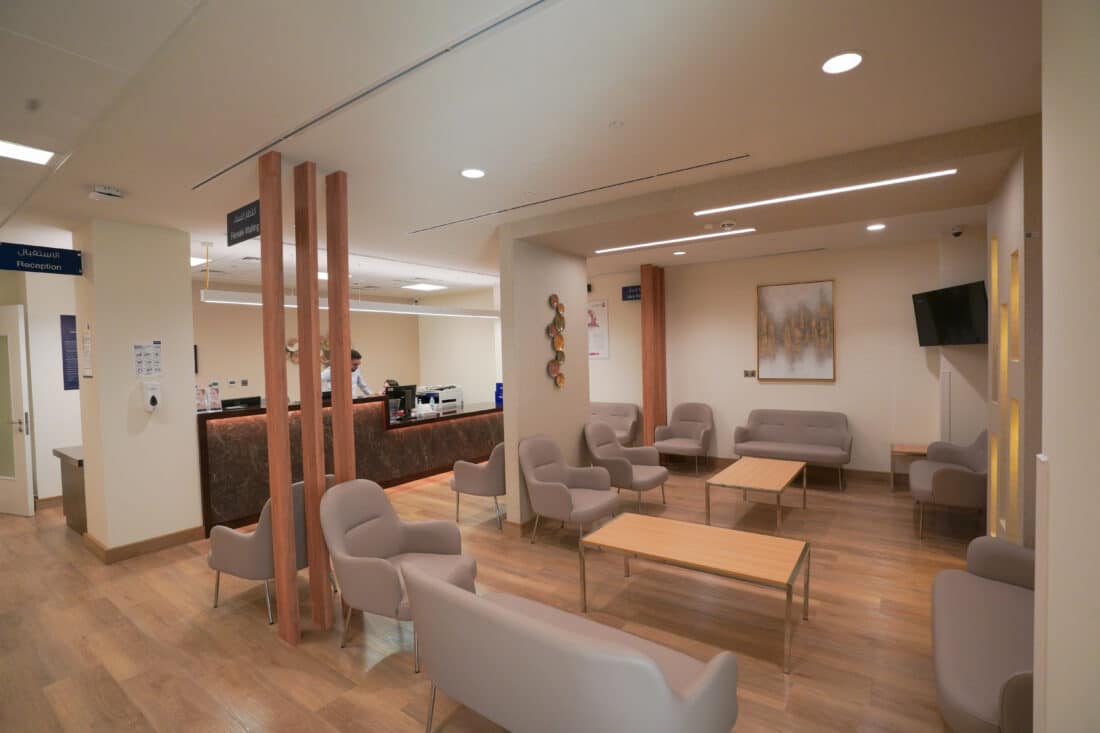 What are the distinguishing features of Abu Dhabi’s Reem Hospital?
What are the distinguishing features of Abu Dhabi’s Reem Hospital?
Reem Hospital stands out from other hospitals due to several unique characteristics that are integral to its identity. One such feature is its strategic location on Reem Island, which offers convenient access to patients from across the region. Additionally, the hospital’s size is noteworthy, as it is one of the largest and most comprehensive facilities of its kind.
Moreover, Reem Hospital is distinguished by its focus on post-acute rehabilitation, which emphasises the importance of helping patients recover from serious illnesses and injuries. This approach is coupled with a commitment to providing multi-specialty care, meaning that patients can receive treatment from a range of different medical experts all under one roof.
Furthermore, Reem Hospital prides itself on its use of cutting-edge technology to enhance patient outcomes and experiences. From advanced diagnostic equipment to state-of-the-art treatment options, the hospital is equipped with the latest tools and resources to ensure that patients receive the highest quality of care.
All of these factors work together to create a truly unique and exceptional healthcare environment at Reem Hospital. Whether patients are seeking post-acute rehabilitation, multi-specialty care, or advanced technology, they can trust that they will receive world-class treatment throughout their entire patient journey.
How has the design of healthcare facilities changed to meet the needs of today’s patients?
In recent years, healthcare facility design has been undergoing significant changes. These changes are geared towards improving patient outcomes, increasing efficiency, and adopting sustainable practices. One of the primary shifts in healthcare design has been towards a more patient-centred approach, which prioritises the needs and preferences of patients.
To achieve a patient-centred approach, healthcare facilities are incorporating various elements to create a healing environment. These include natural light, outdoor spaces, and greenery, which have been shown to promote healing and reduce stress levels in patients. Additionally, the use of technology has become more prevalent in healthcare design, aimed at improving patient communication, access, and engagement. A key approach is increased use of Tele-Medicine, wherein patients can seek medical attention/ therapy and treatment from the comfort of their home interacting with multi-specialty physicians at the same time.
Flexible and adaptable spaces have also become a key focus in healthcare design. These spaces are designed to meet changing patient needs and preferences, providing a more personalised experience. Furthermore, healthcare facilities are prioritising infection control and safety measures to ensure the safety of both patients and staff.
Overall, healthcare facility design is moving towards a more patient-centred, efficient, and sustainable approach, incorporating natural elements, technology, and flexible spaces to provide the best possible care for patients.
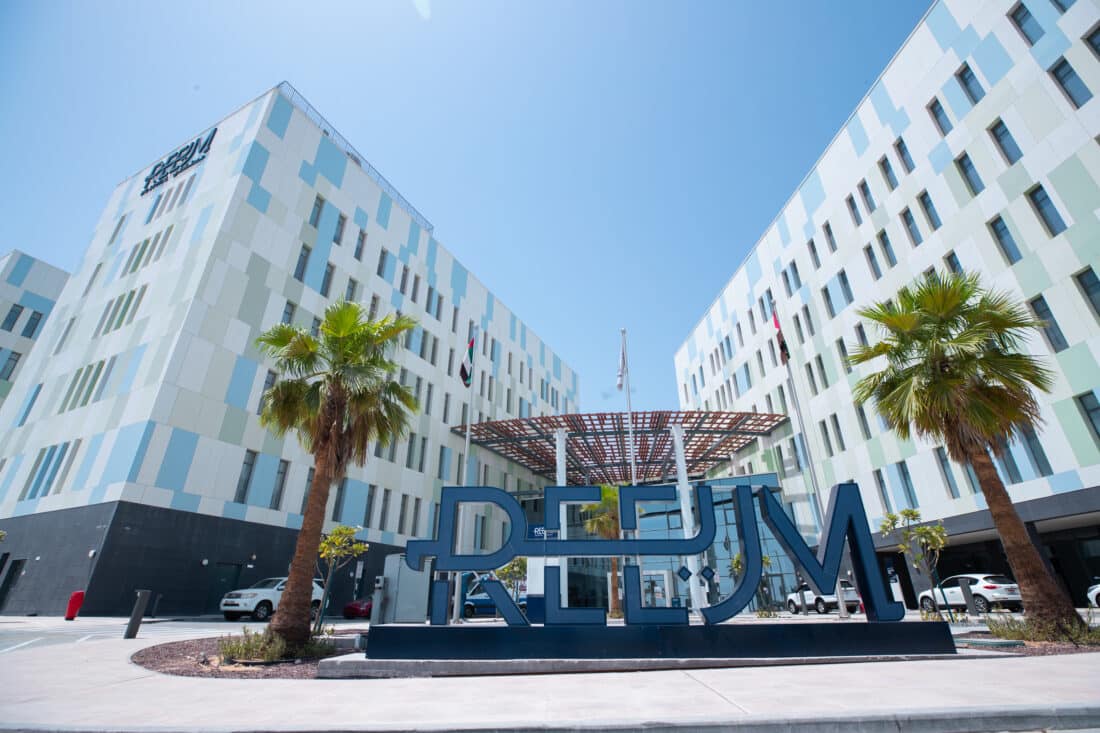 What was your design process like for this project, and how challenging was it for you?
What was your design process like for this project, and how challenging was it for you?
In the realm of healthcare project design, the process involves several essential steps. These include conducting thorough research and analysis, defining project goals and objectives, generating various design options and concepts, engaging stakeholders and end-users in the design process, and refining the finished designs. All of these steps are critical to ensuring that the healthcare project is effective, efficient, and ultimately meets the needs of its intended users.
It’s always beneficial to have a well-educated operator who understands the unique requirements of their model of care in the region from the very beginning of the project. This operator can help expedite the project since they are already familiar with the design process and can provide valuable insights and feedback along the way.
The design process can be complex and involve several iterations, and it’s essential to maintain open communication with the client throughout the entire process. This approach allows for mutual trust, making it easier to handle any challenges or adjustments that may arise during the project’s development.
In summary, this project involved a systematic approach that required research, analysis, and stakeholder engagement. It was essential to have a well-informed operator and maintain open communication with the client to ensure a successful project outcome. This was a project that was streamlined due to calculated decisions being made to allow the hospital to be designed for flexibility for the future.
What is the biggest trend you’re seeing in healthcare design right now, and how does it affect what you do?
The adoption of digital and telehealth technologies is one of the most significant trends in healthcare design presently. These technologies enable remote patient monitoring, virtual consultations, online scheduling, and communication. As a result, healthcare design professionals are increasingly integrating these technologies into healthcare spaces to enhance the delivery of healthcare services.
The trend towards digital and telehealth technologies has the potential to influence the work of HDP. Specifically, HDP will need to integrate technology into healthcare spaces more comprehensively, creating spaces that are not only functional but also user-friendly and accessible. This could involve incorporating user-friendly interfaces, ergonomic designs, and adequate spaces for telehealth consultations.
In addition to technology integration, HDP may need to place a greater emphasis on user experience and accessibility. This means designing healthcare spaces that prioritise patient comfort, ease of use, and accessibility for people with disabilities. HDP may also need to consider factors such as lighting, acoustics, and temperature control to create a healing environment that supports the well-being of patients and healthcare providers.
Overall, the adoption of digital and telehealth technologies in healthcare design is a significant trend that is transforming how healthcare spaces are designed and used. HDP and other healthcare design professionals must adapt to this trend to meet the changing needs of patients, healthcare providers, and the broader healthcare industry.
How is technology influencing the way you design and implement your project?
The influence of technology on the healthcare industry can be seen in the design and implementation of healthcare projects. Technology has paved the way for more efficient and effective communication, collaboration, and data analysis. To streamline design workflows, visualise concepts, and optimise building performance, healthcare design professionals can take advantage of various technology tools such as Building Information Modelling (BIM), Virtual Reality (VR), and Artificial Intelligence (AI). These tools enable HDP to enhance the efficiency and accuracy of their work, allowing them to deliver better healthcare outcomes and adapt while technology continuously changes.
Moreover, technology impacts and imparts key support to several disciplines – Electro-Mechanical services is at the heart of any healthcare facility and drastically influences the efficiencies, wellbeing and overall ‘health’ of the health facility. They are the key drivers in achieving set goals and objectives of any facilities Sustainability Program. Implementing appropriate technology goes a long way in distinguishing a premium health facility from the rest, tying into all facets of Medical Equipment spanning across various departments.
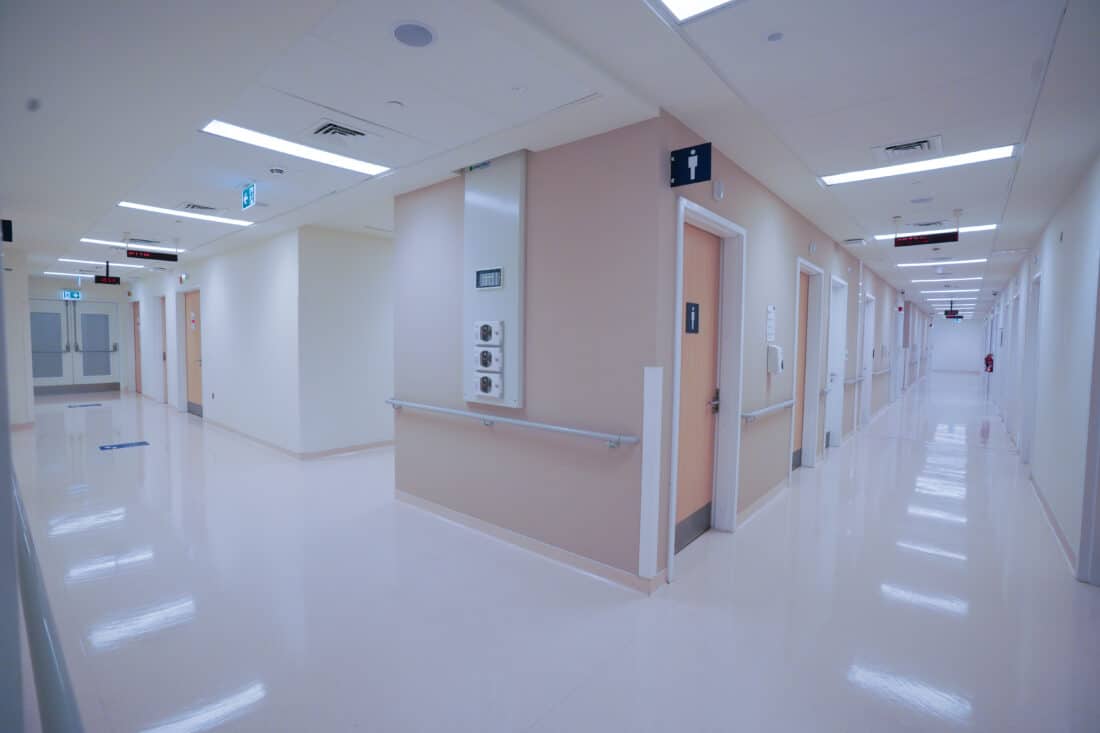 What are some areas of healthcare that do not receive enough attention?
What are some areas of healthcare that do not receive enough attention?
There are certain aspects of healthcare that are often overlooked, despite being critical to the overall well-being of individuals and communities. Mental health, substance abuse, chronic disease management, and preventative care are among the areas that are frequently neglected. These areas could significantly benefit from increased attention, investment in research, education, and infrastructure to improve access, quality, and outcomes.
To address these issues effectively, it is crucial to invest in research, education, and infrastructure. Research can help us better understand the causes and treatments of mental health, substance abuse, and chronic diseases. Education can help raise awareness and reduce stigma surrounding these conditions, as well as promote healthy lifestyles and preventative measures. Infrastructure improvements can include building more clinics, hiring more healthcare providers, and increasing access to telehealth services to ensure that everyone has access to the care they need.
By investing in these areas of healthcare, we can improve the overall health and well-being of individuals and communities, reduce healthcare costs, and enhance the overall quality of care provided. It is important to prioritise these areas and work towards building a more comprehensive and inclusive healthcare system.
What are the current projects you are working on?
HDP is currently involved in various projects that span across hospitals, clinics, and laboratories. Our work is not limited to a specific region as they are also assisting with multiple feasibility studies in the GCC and beyond. By collaborating with numerous organisations, we are able to provide valuable insights and a “lessons learned” approach to stakeholders when planning and executing new projects.
HDP has a strong presence in the United Arab Emirates and Saudi Arabia with multiple hospitals under design and construction; we are also actively present in the GCC (Iraq, Kuwait, Oman, Qatar), Middle East (Lebanon, Syria, Palestine, Jordan), and the CIS Countries (Pakistan, Uzbekistan, Afghanistan, etc.). HDP’s dedication to the healthcare sector and their commitment to improving patient outcomes is evident in our diverse range of projects and partnerships.

